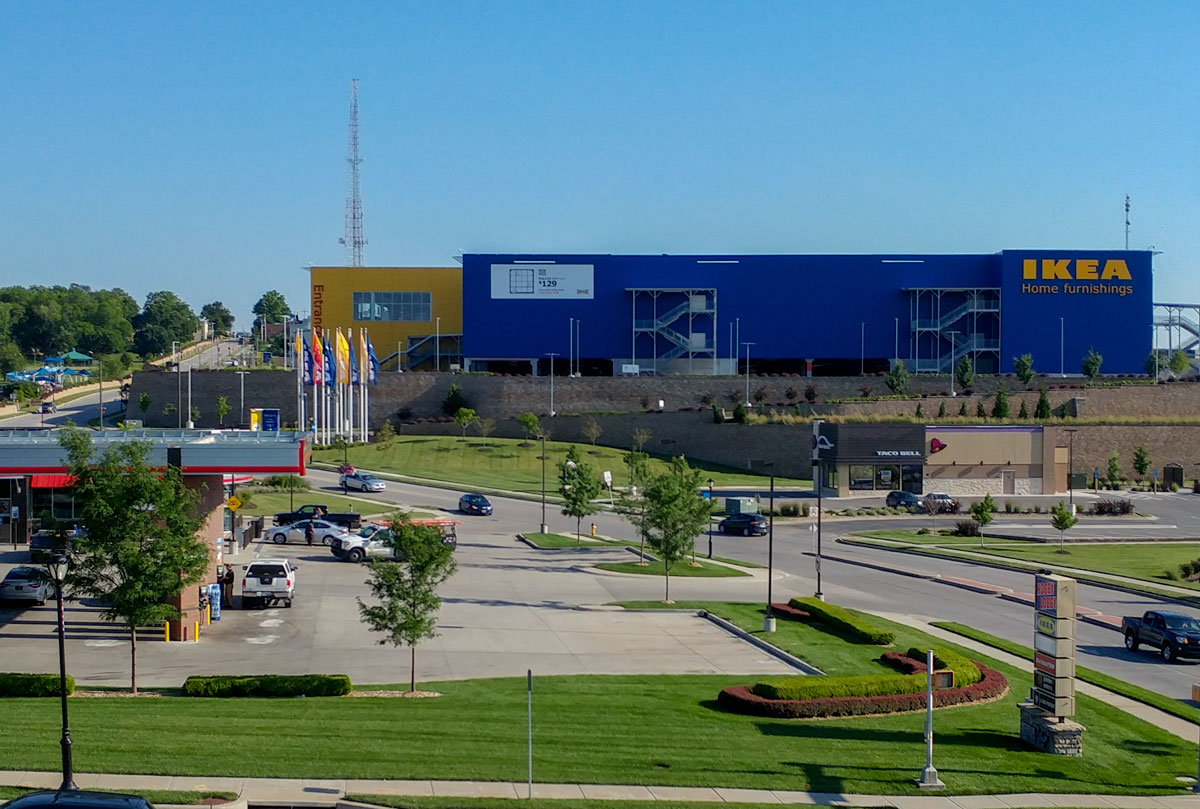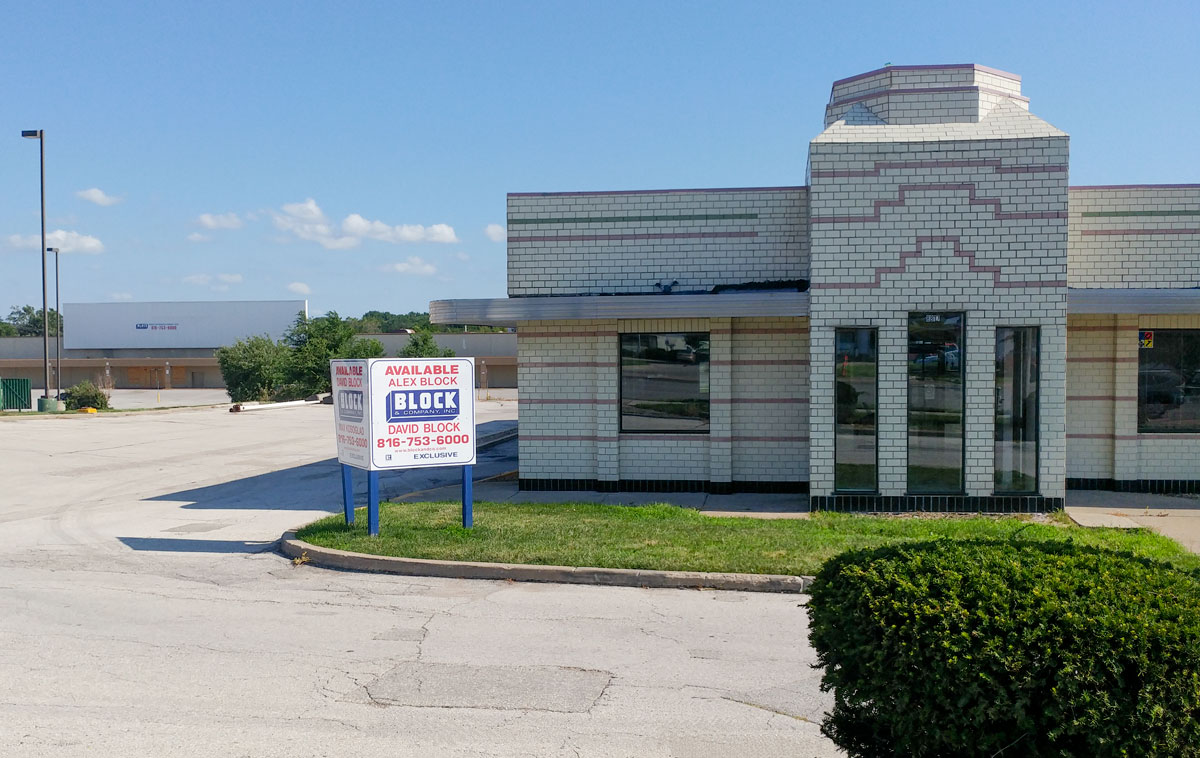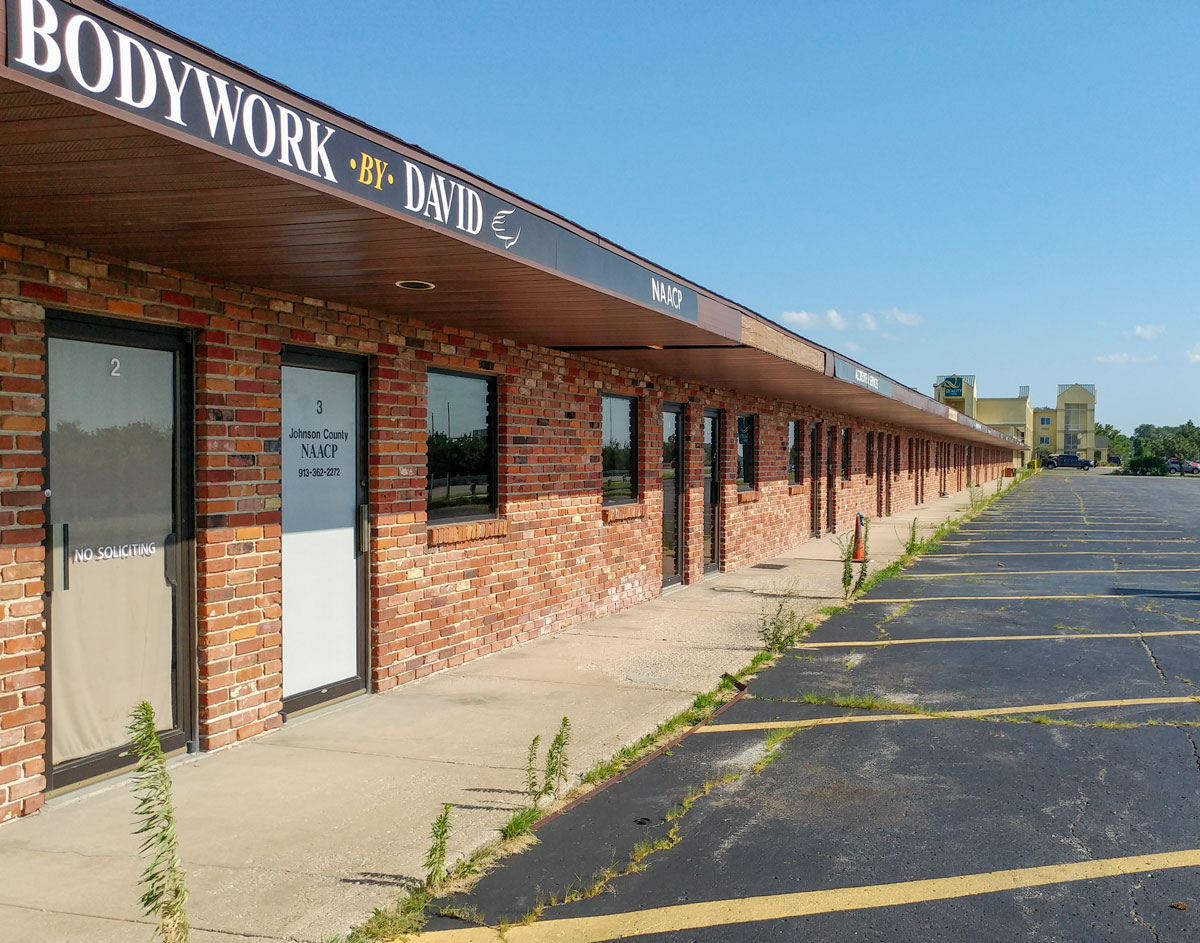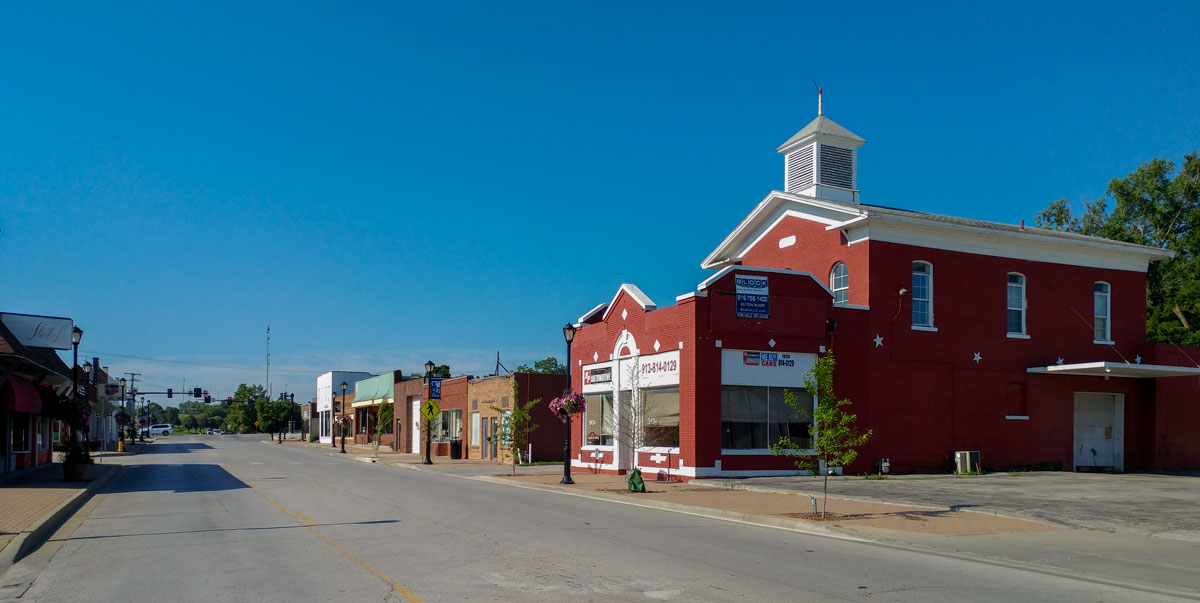Economic Development

Economic Development
Merriam Developments
Striking a balance between the needs of the local taxpayers and the needs for further economic development in the use of economic development tools like Tax Increment Financing and other tax abatements is another important issue.
Generally I support the judicial use of tax abatements for projects in areas that are not likely to be viable otherwise AND are good for all the areas' stakeholders.
Avoiding tax burden shifting to existing businesses and most importantly – to residents – through overly generous public financial support of privately owned new development projects will be a key decision-making factor for me. I have a natural skepticism for automatically granting significant public project funding to large development companies on prime development locations if those tax abatements reduce funding for schools or shift the property tax burden further towards residential property owners.
Overall, economic development incentives seem to be a reasonable idea if used properly. It is important to remember that Tax Increment Financing (TIF) is actually public funding of a privately owned investment. I have heard Merriam staff say, 25-30% "is customary" for the public financing portion of major development projects in the area.
I have a philosophical problem with the idea that big developers are entitled to any "customary" public financing. If the project needs the help in order to be economically viable, that is one thing. But to say that a project in Merriam along the main interstate corridor in Johnson County always needs public financing is just not true. If the project can't stand on its own, maybe it is not the right project to put on that high profile tract of land.
Why should other local Merriam businesses have to compete against publicly subsidized competitors? Is there actually real 'competition' from other cities to 'get' the project which requires overly generous 'customary' public financing, or is the location of the land itself adequate to attract economically desirable development funded entirely with private dollars? These are some of the questions that must also be considered when evaluating economic development requests.
Finally as a principle, I do not support using eminent domain as a routine tool for assisting developers. Existing property owners should be persuaded rather than coerced to sell their property.
With experience in project evaluations for over 30 years, I have the tools to independently understand the details of project proposals. I will make sure that my votes on the council reflect the best interests of Merriam residents.

Economic Development
TIF oversight needed
Essentially tax increment financing as used in Merriam is mostly a form of property tax abatement, although 'abatement' is not precisely how it is done. It is more like a rebate of the portion of property tax derived from the new value added as a result of the improvements to the property. The selling point is that it is a win-win for both the developer and the city because without the development, the new property tax revenue would not be generated, nor would any other consumption taxes be raised like sales tax and hotel taxes which also benefit the city.
There is also one project in Merriam (IKEA) that includes a sales tax retention deal in addition to the property tax rebate. In that project, Merriam splits the city portion of the sales tax collected from the retail operations with the developer.
One area of TIF application that I have serious concerns about is that the projects in Merriam's I-35 TIF district calculate the benefit to the developer in an overly generous way. The method actually can result in shifting the municipal property tax burden unfairly to the other taxpayers in Merriam, at least during the TIF recovery phase.
While the concept of TIF is to only use "new tax revenues" as the source of the developer subsidy, in Merriam, the incremental property valuation subject to recovery by the developer is based on a comparison of the property valuation of the land parcel in 1994 against the post-project value, regardless of when the project actually is built.
So for example, a project completed in 2014 within the I-35 TIF district would show an 'increase in value' for the project that includes the natural property value increase that occurred over the twenty years between 1994 and 2014 without the project in addition to the actual increase in value of the property due to the project's improvements. This type of calculation actually overstates the incremental value of the project and entitles the developer to recover more property tax rebates than the actual incremental property valuation gain would generate in additional taxes.
The effect of such a situation is to actually lower the property taxes collected by the city from the property in comparison to what the city was collecting before the development. So during the TIF recovery period, the property tax portion going to Merriam is actually less than if the project had never been undertaken. The portion of the city budget funded through property tax will be shorted by the pre-project tax revenues diverted to the developer. The diminished property tax collection from the project parcel has to be made up by the other property tax payers in Merriam.
While this loss may be offset by sales tax revenue increases generated from the project, a calculation should be done (at least during the project evaluation stage) that actually compares the change in value from the nearest operational year before the project started with the valuation after project completion, rather than using a 20 year old value as the starting 'base.'
Then Merriam city staff negotiating with the developer and the Merriam City Council will have a better idea of the actual 'incremental value' that the city is getting as a result of the project. Comparing the change in value from 1994 to the start of redevelopment will show whether and how much non-project valuation increment the developer will get to take advantage of. That 'bonus' to the developer should be offset by some other tax gain to the city from the project in order to avoid a tax burden shift to Merriam homeowners and other commercial property owners.

Economic Development
Ward 4 Economic Development
In Ward 4, there are likely to be two new redevelopment projects coming up for approval by the city in the near future. These are an Audi car dealership along the east I-35 frontage road between 67th and Shawnee Mission Parkway and the redevelopment of the old K-Mart property at Shawnee Mission Parkway and Antioch.
Neither project location is included in the existing I-35 TIF District. Should the developers seek TIF funding, then the city will be faced with a choice of expanding the I-35 TIF District or creating a new TIF district.
As your city councilman, I will only support a solution that uses a base valuation for the pre-development parcel that is a recent valuation rather than the 1994 base included with the I-35 TIF District.
Likely that position – if I can convince other council members – would result in the need to create a new TIF district. If it is possible to expand the existing TIF district and change the date used for the base valuation to a current time frame, then I could potentially support that as an acceptable alternative.
Regarding economic development incentives, I have stated previously and more generally that I will only only support appropriate TIF funding levels if I believe the project economics warrant it. How much incentive does a developer need in order to develop a prime I-35 location in Johnson County?

Economic Development
Downtown Merriam
A community like Merriam can get lost in the urban sprawl of Johnson County. Merriam's historic heart developed along Turkey Creek. The stalled Turkey Creek flood control project prevents its economic resurgence.
Because the commercial buildings lie in the Turkey Creek flood plain, owners are prohibited from altering or expanding their businesses. This single factor is holding back the economic re-development of Merriam's heart. Until this issue is resolved, there is little that can be done to allow the downtown to reach its potential.
Since Merriam is landlocked and doesn't have undeveloped tracts to develop, our city leaders need to take more seriously the completion of the Turkey Creek flood control project. While I understand that the planned flood control project involves funding from several sources including the U.S. Army Corps of Engineers over which the Merriam City Council has no direct decision making authority, I believe that the City Council could become more vocal in advocating for the flood control project to move off dead center.
Increasing our communications directed at the county level, state level, and with our federal legislators to prioritize completion of this critical infrastructure project is clearly something that we can and should do. The squeaky wheel often gets the most grease.
If a lack of action continues, then Merriam should potentially look at other ways to fund the flood control project. In the mean time, The City Council needs to encourage preservation of the buildings in downtown Merriam, and improve amenities and infrastructure while waiting for flood control. Re-purposing the historic Irene B. French Center is one component of this strategy.
If elected, I will work tirelessly to press for Corps of Engineers prioritization of the federal work so our downtown business community can re-establish Merriam's historical small town identity.
